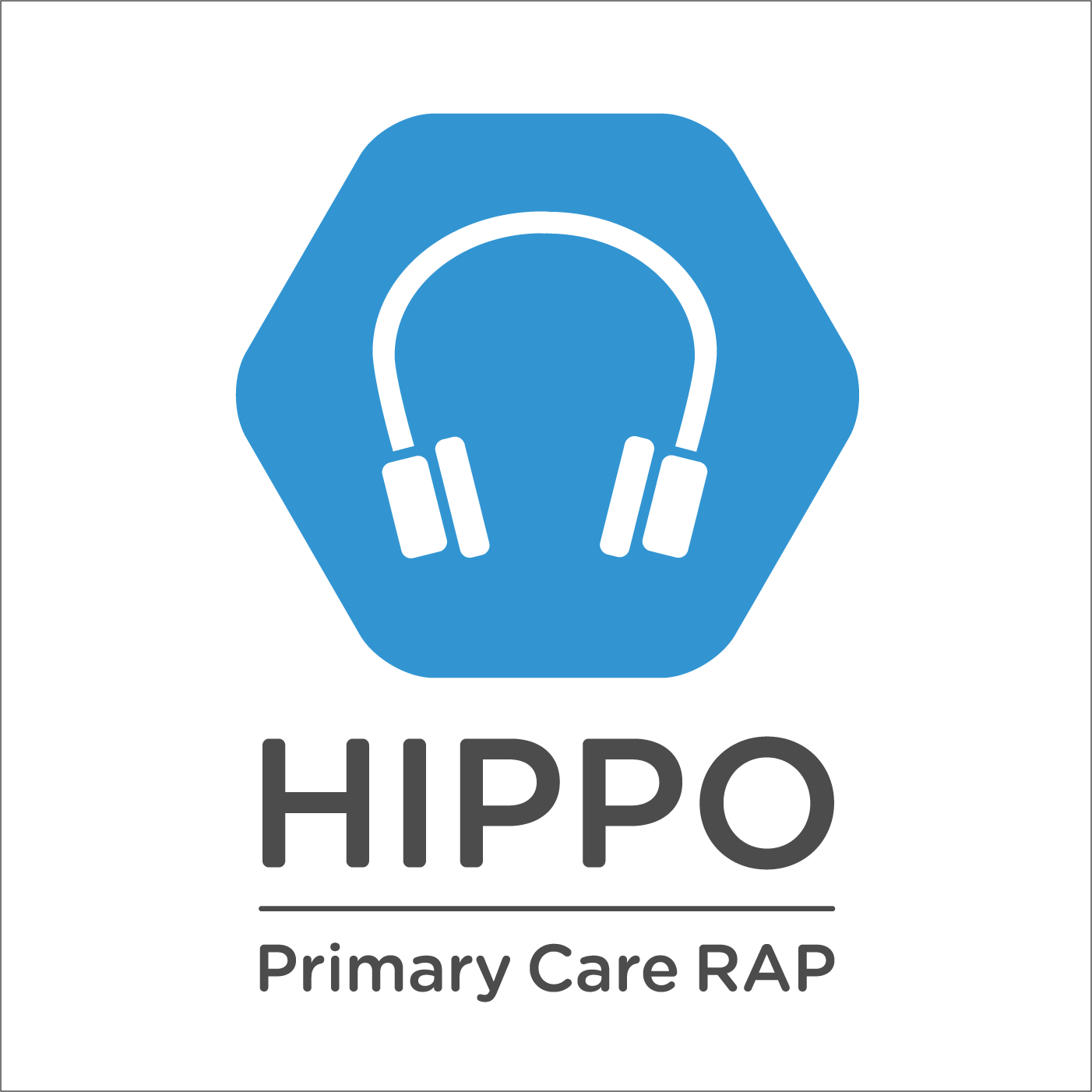Post-Contrast AKI
Description
This free iTunes segment is just one tiny snippet of the fully-loaded 3-hour monthly Primary Care RAP show. Earn CME on your commute while getting the latest practice-changing primary care information: journal article breakdowns, evidence-based topic reviews, critical guideline updates, conversations with experts, and so much more. Sign up for the full show at hippoed.com/PCRAPPOD
Post-contrast AKI (or contrast induced nephropathy as it used to be called) is one of those hot-button issues in modern medicine. Is it really a thing? Was it ever, really? Neda Frayha, MD sits down with Salim Rezaie, MD of Rebel EM for an invigorating conversation about this controversial topic and what the literature actually tells us about it.
Pearls:
The term contrast-induced nephropathy has fallen out of favor to post-contrast AKI because the debate about contrast’s role in kidney injury rages on. Much of the recent literature has not shown a difference in AKI for those who receive a CT with contrast. Earlier studies were based on contrasts of higher volume and osmolarity given arterially that are not routinely used today. Remember that studies excluded those who had a renal transplant, GFR4.
Terminology: contrast-induced nephropathy has fallen out of favor to post-contrast AKI because we aren’t sure if contrast is really the culprit Issues with the literature: Many studies involved high volume, high osmolar contrast given arterially, not venous, low volume or low osmolar contrast Early studies used 15,000 milliosmole contrast whereas today we are using 320-800 milliosmoles or even iso-osmolar contrast Shown that route does make a difference. People receiving arterial contrast (ie: coronary angiography) are more at risk of AKI Studies are observational so you cannot get to causation, just association Other potential risk factors: comorbid conditions (diabetes, heart failure, hypertension), volume depletion, concurrent medications (vancomycin, NSAIDs, diuretics) Are outcomes clinical or patient-oriented (ie: dialysis, death, increased length of stay) or a lab value change? New literature: 1. Annals of EM 2017 (Hinson et. al) Single center Retrospective cohort study 17,000 patients who underwent CT with contrast, without contrast or no CT at all Excluded if Cr > 4mg/dL or renal transplant Bottomline: no difference in patient-oriented outcomes (dialysis, mortality) 2. Annals of EM 2017 (Aycock et. al) Meta-analysis 28 articles with 100,000 patients Bottomline: no difference in patient-oriented outcomes (dialysis, mortality) 3. Lancet 2017 (AMACING trial) Randomized control trial (three parallel group, open label, non-inferiority) Excluded if GFR Bottomline: crystalloid or no crystalloid did not differ in preventing AKI 4. Journal of Critical Care 2019 Single center Retrospective, propensity-matched patients with sepsis Bottomline: no difference in rates of AKI Recent radiology literature also supports no difference in AKI after CT with contrast NEJM June 2019 article is more cautionary and generated a great deal of discussion challenging every one of its points
References:
ACR Manual on Contrast Media, Version 10.3. Published 2018. https://www.acr.org/-/media/ACR/files/clinical-resources/contrast_media.pdf Biondi-Zoccai G, Lotrionte M, et al. Nephropathy after administration of iso-osmolar and low-osmolar contrast media: Evidence from a network meta-analysis. International Journal of Cardiology 2014; 172(2):375-380. Davenport MS, Khalatbari S, et al. Contrast material-induced nephrotoxicity and intravenous low-osmolality iodinated contrast material. Radiology 2013; 267(1):94-105. Davenport MS, Khalatbari S, et al.Contrast material–induced nephrotoxicity and intravenous low-osmolality iodinated contrast material: risk stratification by using estimated glomerular filtration rat
More Episodes
This free iTunes segment is just one tiny snippet of the fully-loaded 3-hour monthly Primary Care RAP show. Earn CME on your commute while getting the latest practice-changing primary care information: journal article breakdowns, evidence-based topic reviews, critical guideline updates,...
Published 10/16/20
This free iTunes segment is just one tiny snippet of the fully-loaded 3-hour monthly Primary Care RAP show. Earn CME on your commute while getting the latest practice-changing primary care information: journal article breakdowns, evidence-based topic reviews, critical guideline updates,...
Published 10/16/20
This free iTunes segment is just one tiny snippet of the fully-loaded 3-hour monthly Primary Care RAP show. Earn CME on your commute while getting the latest practice-changing primary care information: journal article breakdowns, evidence-based topic reviews, critical guideline updates,...
Published 10/16/20


